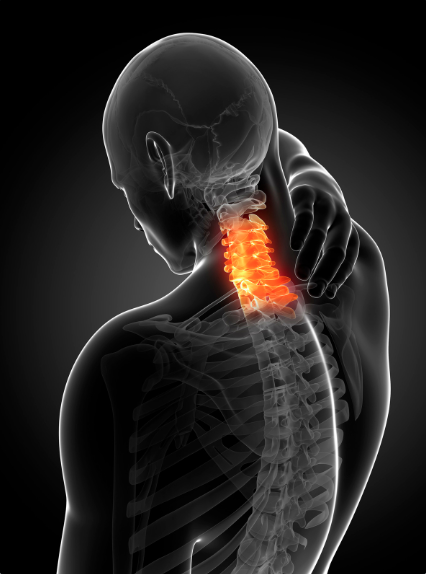What is the Purpose of Myofascial Release Technique?
Unlocking the Secrets of Pain Management and Improved Mobility

In the realm of physical therapy and pain management, the myofascial technique has emerged as a pivotal approach for treating various musculoskeletal conditions. But what exactly is this technique, and how does it benefit those who undergo it? This blog aims to demystify the myofascial release (MFR) technique, shedding light on its purpose, methodology, and the extensive benefits it offers.
Understanding Myofascial Tissue
Myofascial tissue is a type of thin, strong, fibrous connective tissue that surrounds and supports muscles and other organs in the body. This tissue plays a crucial role in maintaining posture, mobility, and overall bodily integrity. However, when this tissue becomes tight or damaged, it can lead to pain, restricted movement, and a host of other issues.
Myofascial Release Technique: An Overview
Myofascial release is a hands-on technique that involves applying gentle, sustained pressure into the myofascial connective tissue restrictions to eliminate pain and restore motion. The roots of MFR trace back to traditional healing practices, but it has evolved significantly in recent years, blending ancient wisdom with modern scientific understanding.
The Purpose of Myofascial Technique
- Pain Relief and Management: MFR is primarily known for its ability to alleviate chronic pain. It does this by targeting tight areas in the myofascial tissue that are often the source of pain. Many patients report significant pain reduction following MFR therapy, as evidenced by numerous case studies and testimonials.
- Improving Mobility and Flexibility: Another key purpose of MFR is to enhance the range of motion and flexibility. This is particularly beneficial for athletes and individuals engaging in physical activities, as it helps in preventing injuries and improving performance.
Myofascial Technique in Practice
A typical MFR session is tailored to the individual's needs. The therapist uses their hands to apply pressure to the myofascial tissue, searching for areas that feel stiff or fixed instead of elastic and movable. MFR is often integrated with other therapeutic practices such as physical therapy, massage, or chiropractic care.
Who Can Benefit from Myofascial Technique
Myofascial release is not limited to a specific demographic. It can be beneficial for a wide range of people, from athletes to individuals suffering from chronic pain conditions. However, it’s essential to consult with a professional to determine if MFR is suitable for your specific condition.
Self-Myofascial Release Techniques and Tools
Self-myofascial release is a popular practice that can be done at home using tools like foam rollers or massage balls. These methods allow individuals to manage their pain and improve mobility independently.
Benefits of Myofascial Release
- Alleviates Chronic Pain: MFR targets the source of pain in the myofascial tissue, providing long-term pain relief.
- Enhances Mobility: By releasing tension in the myofascial tissue, MFR improves flexibility and range of motion.
- Reduces Stress: The gentle pressure applied during MFR can have a calming effect on the nervous system, reducing stress and promoting relaxation.
- Improves Blood Circulation: MFR helps in increasing blood flow, which is essential for healing and maintaining healthy muscles.
- Promotes Overall Well-being: Regular MFR sessions can lead to an overall improvement in physical and mental health.
Conclusion
The myofascial technique, specifically myofascial release, is a powerful tool in the arsenal of modern physical therapy. Its ability to address pain at its source, improve mobility, and enhance overall well-being makes it an invaluable practice for those seeking relief from various musculoskeletal issues. By incorporating MFR into their treatment regimen, individuals can take a significant step towards achieving a pain-free and more flexible life.
Frequently Asked Questions
- Is myofascial release painful? While MFR involves pressure and manipulation of the myofascial tissue, it should not cause pain. If discomfort is experienced, it's essential to communicate this to the therapist.
- How often should I undergo MFR? The frequency of sessions varies depending on the individual's condition and needs. It’s best to consult with a therapist for a personalized treatment plan.
- Can MFR help with conditions like fibromyalgia? Yes, MFR has been found to be beneficial in managing conditions like fibromyalgia, offering relief from chronic pain and stiffness.
In summary, myofascial release is more than just a technique; it's a holistic approach to treating the body's connective tissues, ensuring they are healthy, flexible, and pain-free. Whether you're an athlete looking to enhance performance or someone struggling with chronic pain, myofascial release might just be the key to unlocking a more comfortable, active lifestyle.
Omaha Chiropractors and Acupuncture










